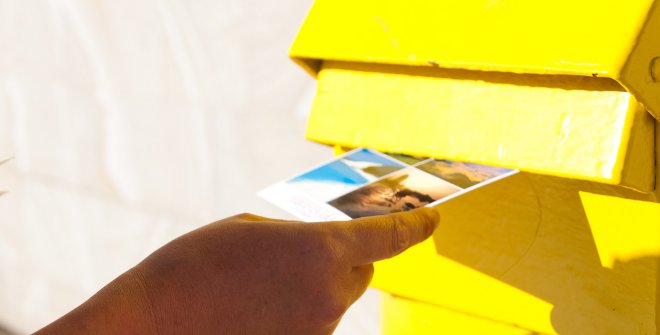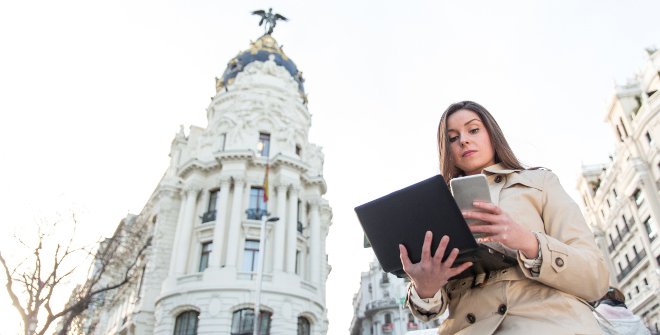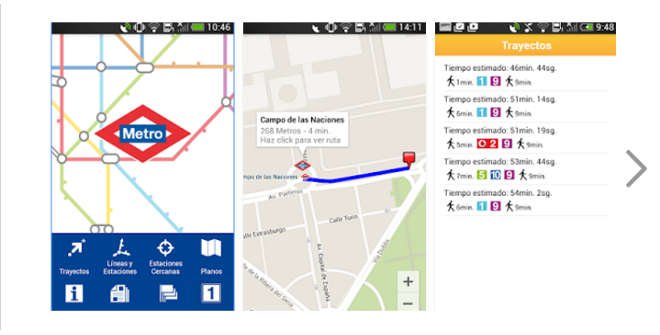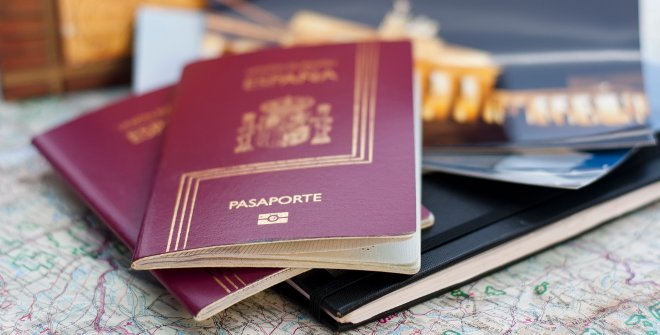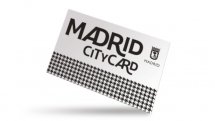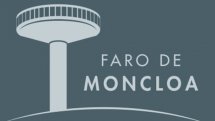Internet, Telecommunications and Postal Service in Spain
When it comes to planning a trip, one of the main concerns for travellers is knowing if their mobile phone will work. This is why we show you the general information on communications in Spain. Is my phone compatible with Spanish networks? Do I have to activate data roaming? Where can I mail my postcards?
PHONE CALLS
National phone calls
All the numbers have 9 digits and start with a 9 or 8 for land lines and 6 or 7 for mobile phones.
Every Spanish province has its own code (or prefix) for land lines and is the same in all of the area. For example, numbers in Madrid start with 91 or 81, numbers in Barcelona with 93 or 83, numbers in Toledo with 925 or 825, and so on.
Mobile or cell phone numbers also have 9 digits, but they don't have a common geographical prefix.
Emergency number is the same for the entire Spain and it only has 3 digits (112), just like the numbers for the Police (091) and Ambulance (061). Citizen Information number also has 3 digits (010 and 012), and so does the Traffic Information (011). The Citizen Information Service provides information on diverse issues, such as public employment, financial subsidies, grants and awards, Public Administrations, telephone services for the Home Office, Ministry for Employment and Social Security, Traffic Authority, etc.
There are other phone numbers with special rates and it is convenient to keep them in mind. Those starting with 900 are free toll numbers (the fee is paid by the call recipient). For those starting with 901 the price is very low and the expenses are shared between the caller and the recipient. With those starting with 902, the caller pays for the call. Those starting with 905, 907, 803, 806 and 807 have an elevated rate for the caller. The cost per minute from a landline is between 0.30 and 1.20 euros. Those are the numbers generally used by the dating hotlines, erotic content, gambling, professional services, contests, televoting etc.
Calling from abroad
To call Madrid from abroad, you have to dial the international prefix 00 and the national code (34) and then the number you wish to dial (mobile or land line).
Example: 00 34 600 00 00 00.
Calling abroad
To call abroad from Spain, you should dial the international prefix 00, country code, area code (if there is one) and the number.
For example: 49 for Germany, 44 for UK, 39 for Italy, 33 for France, 11 or 19 for USA, 16 for Canada…
MOBILES
We recommend you to inquire with your operator to find out if your mobile or cell phone is compatible with Spanish networks and the cost of the calls you receive from your country and the ones you make (local and international)
If you want to use the Internet or send instant messages from your smartphone, you should activate data roaming (except if you are connected to a Wi-Fi network). This feature may generate additional costs.
Ever since 2017, data roaming is not charged among the countries members of the European Union. So all of the EU citizens can use their mobile phones, make calls, send SMS messages and surf the Internet without fear, because it will not have additional costs.
Connecting to Spanish network
Not all of the foreign mobiles will automatically connect to Spanish network. If your phone does not connect automatically, you should search for the “select network” function and connect manually.
There is also the possibility of buying a prepaid SIM card that will allow you to use the mobile with a Spanish network and to control your consumption.
Did you know that it is possible to use the Google Maps app without the need for Internet (including battery drain) thanks to a little trick? Once you have set your destination route in the app, you can switch off data or internet usage, and the app will continue to work until you reach your destination.
Adapter
Remember that you might need an adapter for your mobile charger since there are different electrical standards worldwide (see Electricity). Please note that Renfe has a free Wi-Fi and entertainment service called PlayRenfe.
Mobile coverage
If you want to make calls or use the Internet, you should know the mobile phone frequencies used in Spain. Depending on the band of our mobile phone, we can have faster or slower data coverage. These are the frequencies and their usage in Spain.
Mobile frequencies or mobile bands used currently in Spain are:
- 2G/GSM: 900 and 1800 MHz.
- 3G/WCDMA: 900 and 2100 MHz.
- 4G/LTE: 800, 1500 MHz (coming soon), 1800 MHz and 2600 Mhz.
- 5G: 700 MHz, with stable connectivity and a minimum speed of 100 Mbps; 1500 MHz, for urban areas, with speeds of 1 to 3 Gbps; and 3500 MHz, also for urban areas, with speeds of 1 to 3 Gbps.
The 1500 MHz band is currently in license period, to be used only downstream in 4G/LT services, as complementary to other 4G/LTE bands.
You should also keep in mind that in Spain (as in most countries) the method used is the FDD (Frequency Divison Dupelx), while in China and some operators in the USA use TDD (Time Division Duplex).
INTERNET AND WI-FI CONNECTIONS
In almost all of the city’s public spaces and establishments you can connect to the Internet. Sometimes the access is free and other times you need to ask for a password. Cafés, restaurants. hotels and taxis they provide it to their customers as a free service. There are also numerous cyber-cafés and “locutorios” where you can check and send e-mails or charge your phone at a very reasonable price.
To make Internet access easier, the city of Madrid has installed free access Wi-Fi terminals in numerous public spaces like airports, municipal buses, shopping centers, Cercanías and railway stations, libraries, museums, cultural centers, universities and parks.
There is also free Wi-Fi at the Plaza Mayor Tourist Information Centre and in all of the City of Madrid’s tourist information points and in all Citizen Information offices.
Outdoors you can you can also connect at some of the touristic points like Plaza de Santo Domingo, Plaza Mayor, Plaza del Callao and Plaza de Olavide.
POSTAL SERVICE
If you wish to send postcards or letters, you should look for yellow mailboxes that are situated all around town, generally on the corners of the main streets. You can buy stamps at the Correos (Spanish Postal Service) offices and on kiosks. The postal service also allows you to send packages abroad.
Most of the post offices open from 8:30am to 8:30pm from Monday to Friday and on Saturdays from 9:30am to 1pm and they close on Sundays and holidays.
If you only want to send a letter or postcard, the best way is to arrange it through the hotel where you are staying. That way you won’t have to queue. Although Adolfo Suarez Madrid-Barajas Airport has post offices with mailboxes to send items and for any other last-minute postal needs.
One way to make your experience with Spain’s postal system (Correos) more streamlined is by using its official application, available from Google Play and App Store. An App that provides up-to-date shipping information so users can know the status of their orders and even manage delivery at any time.


